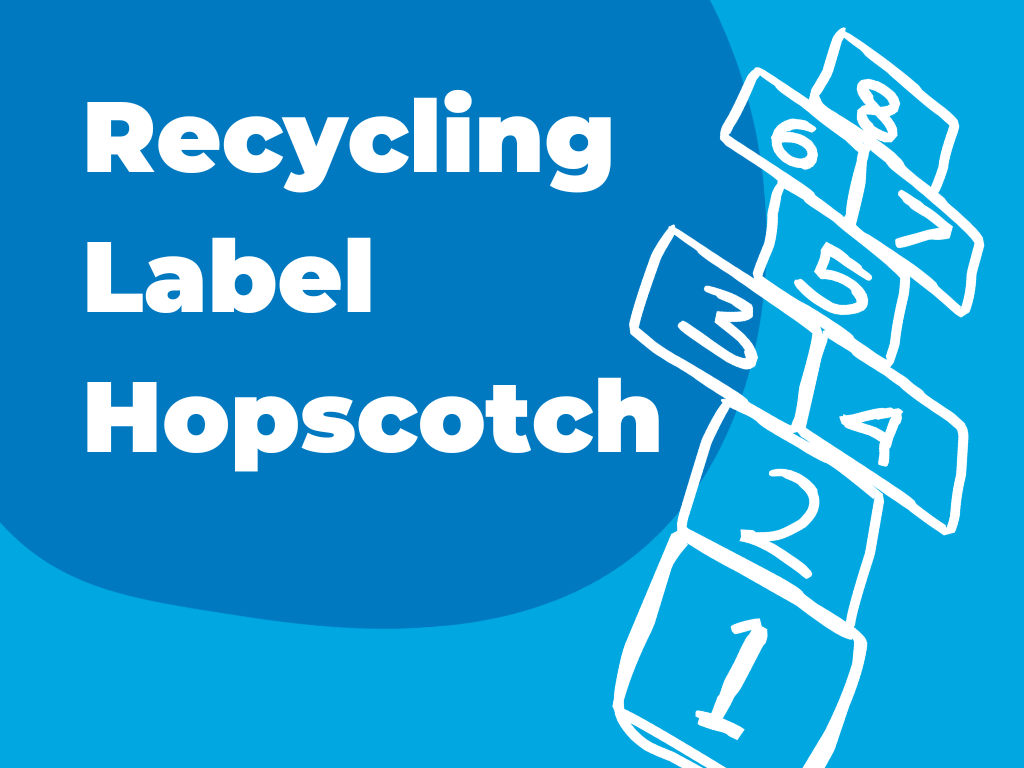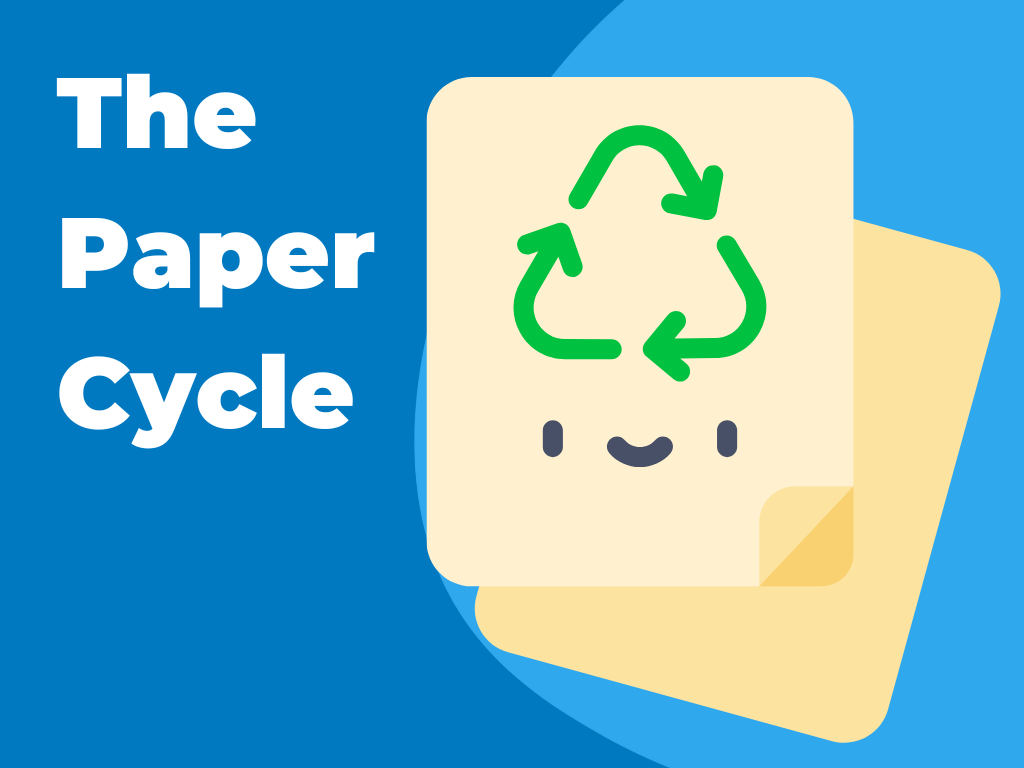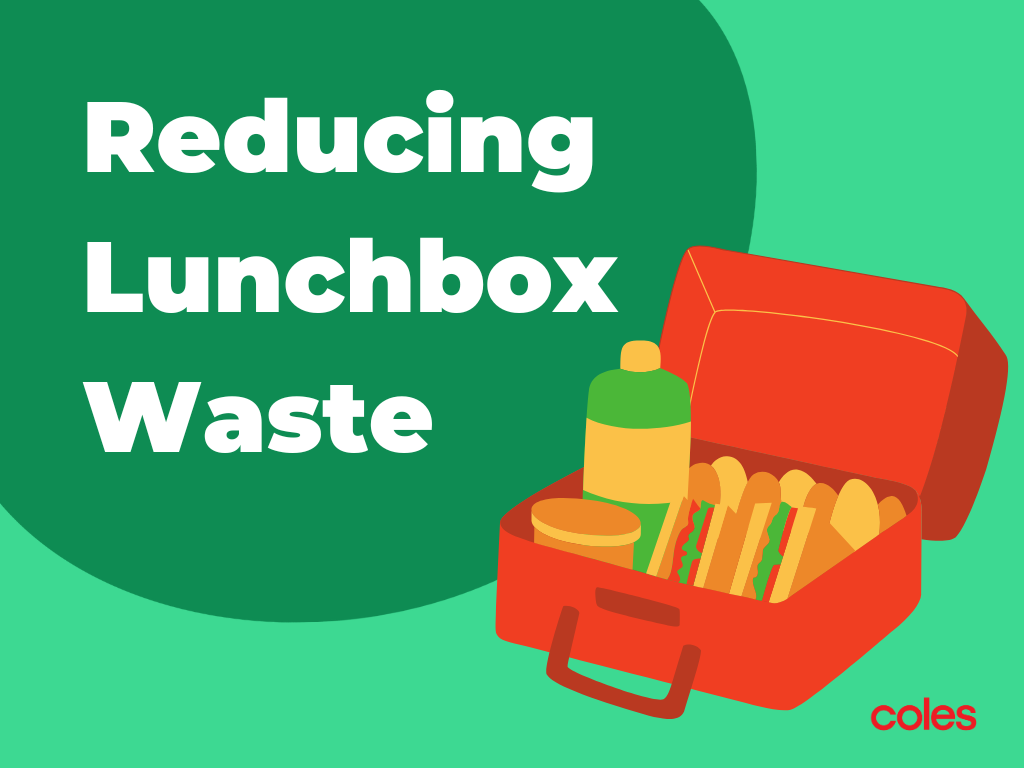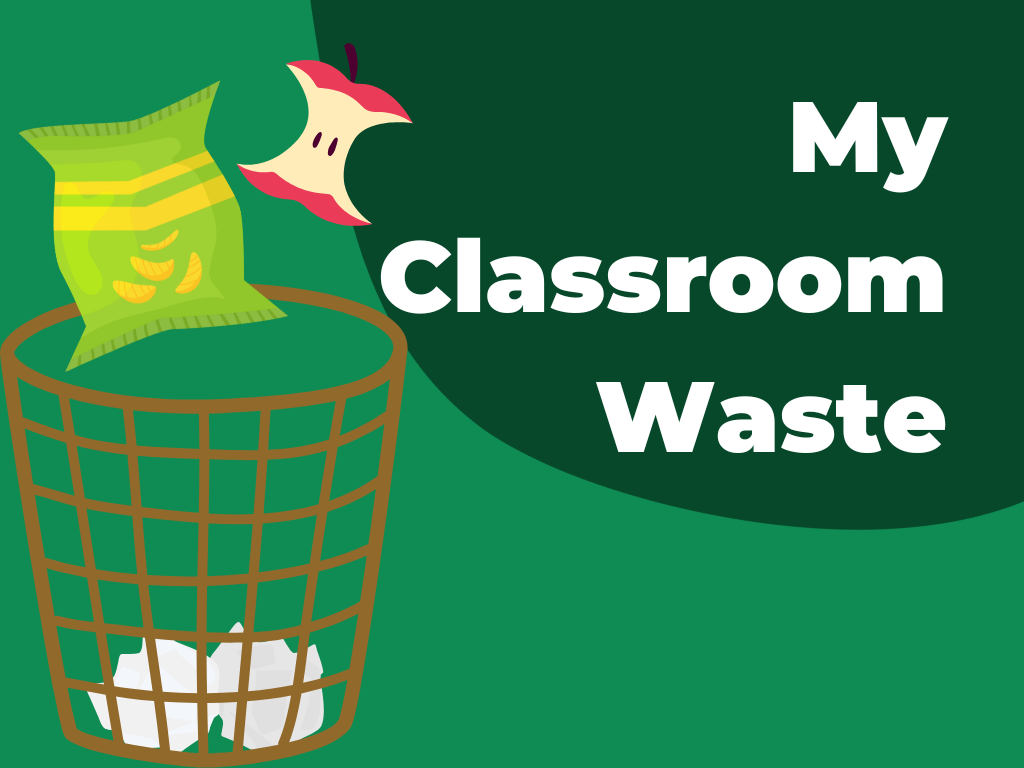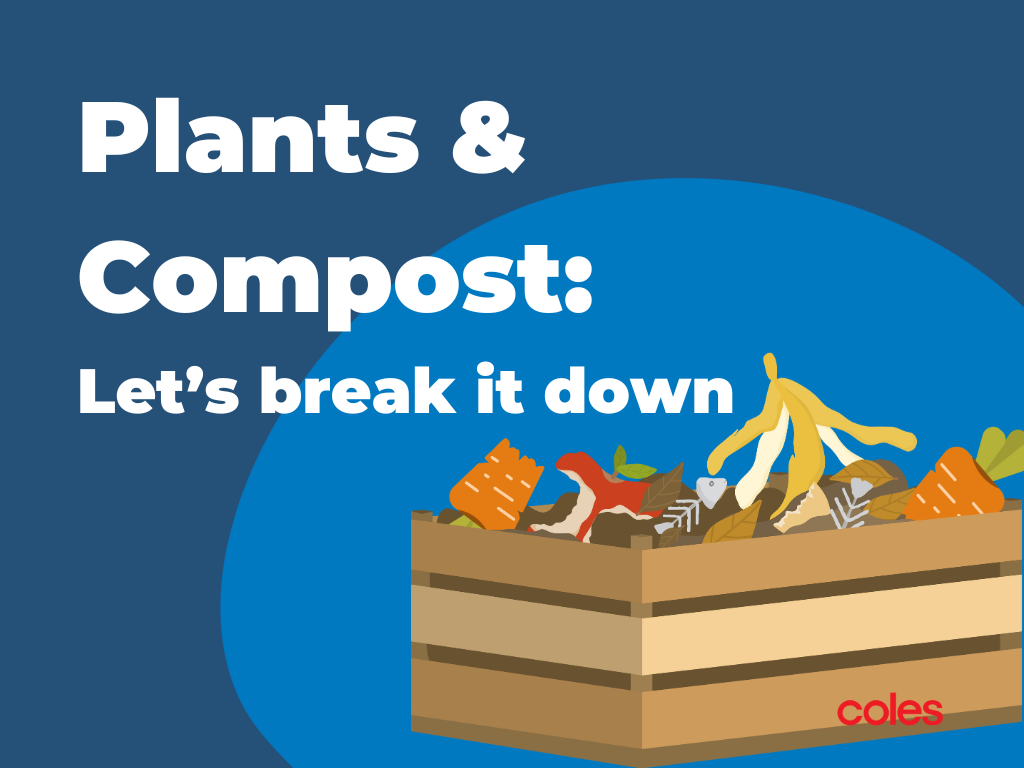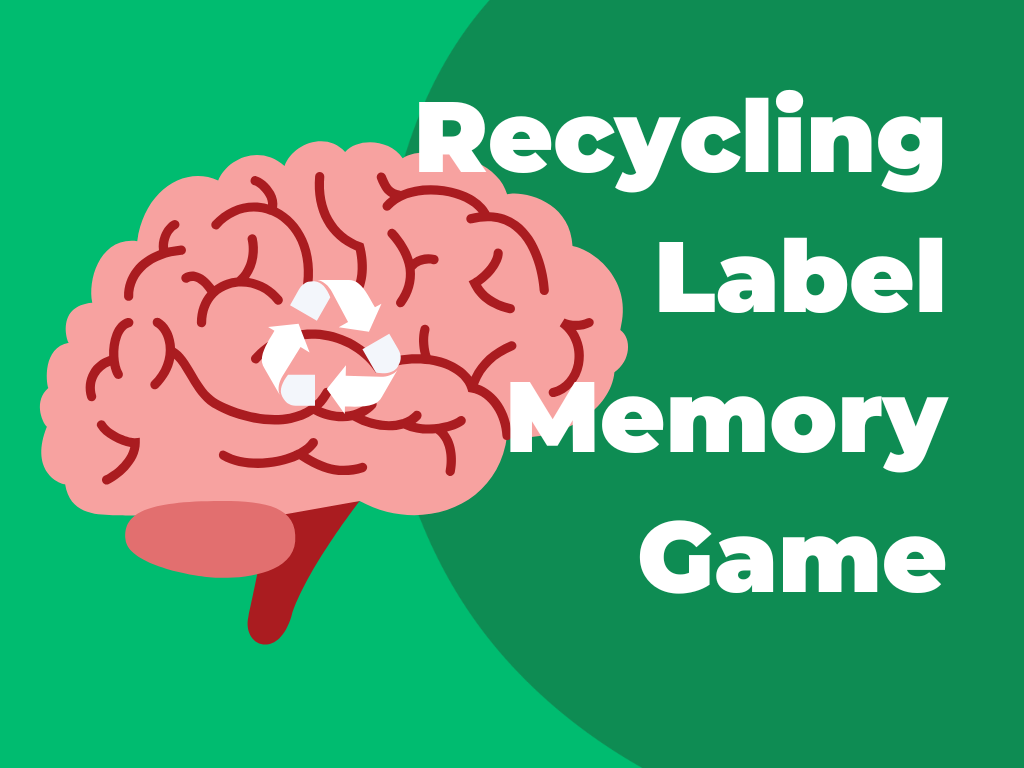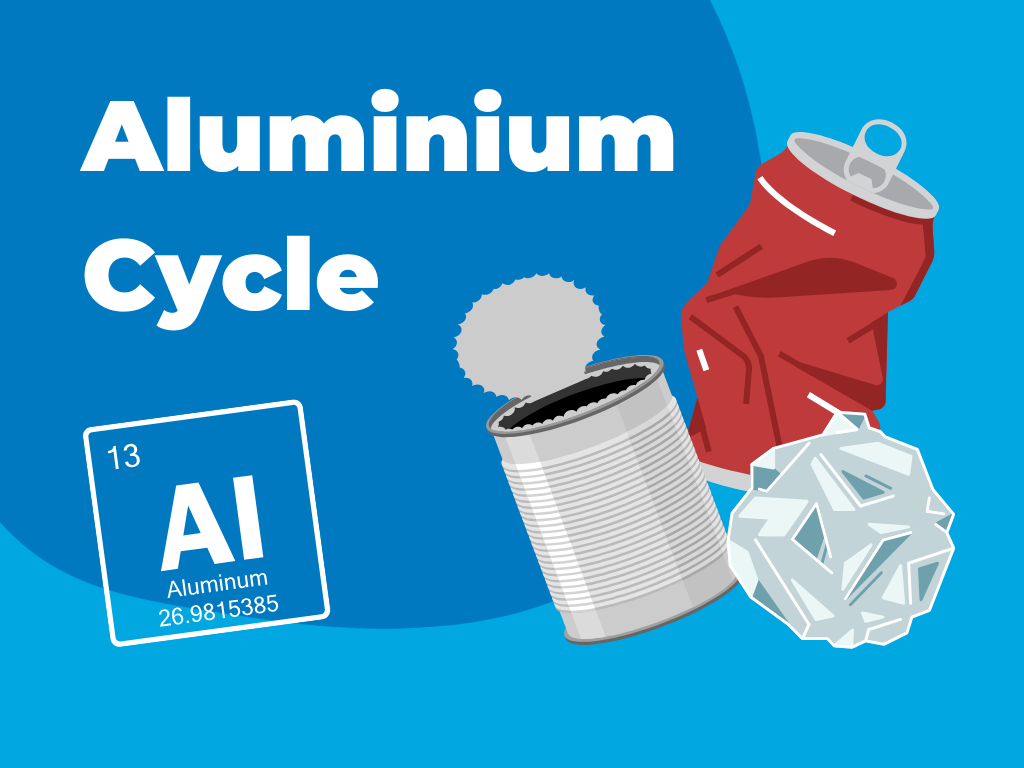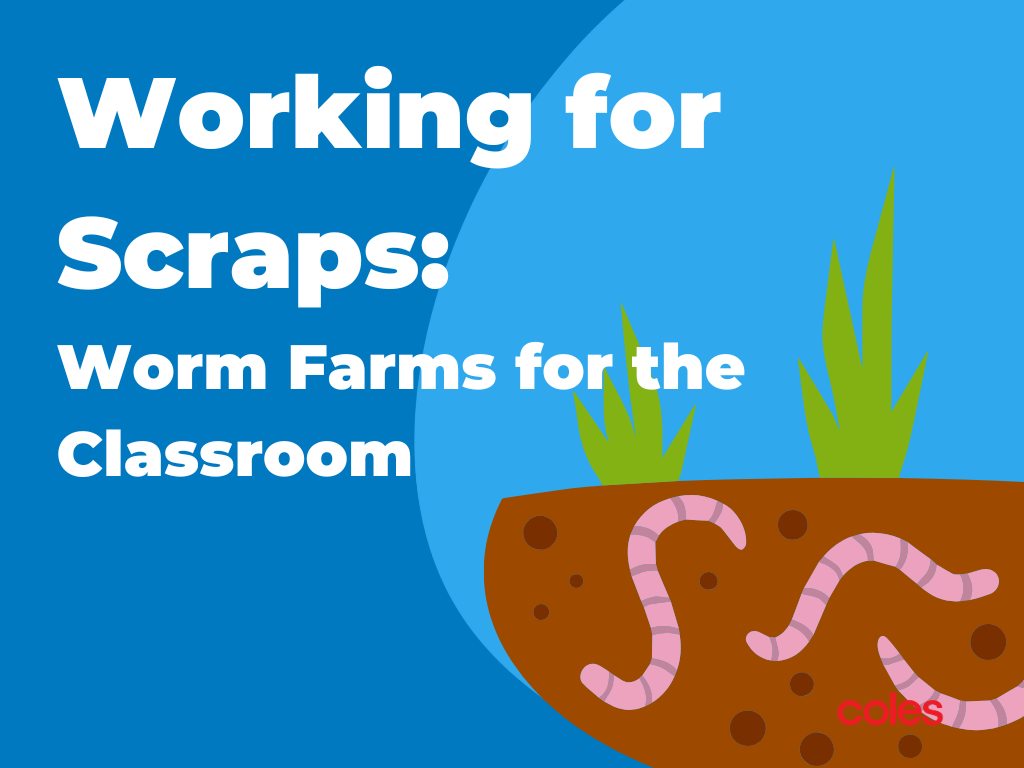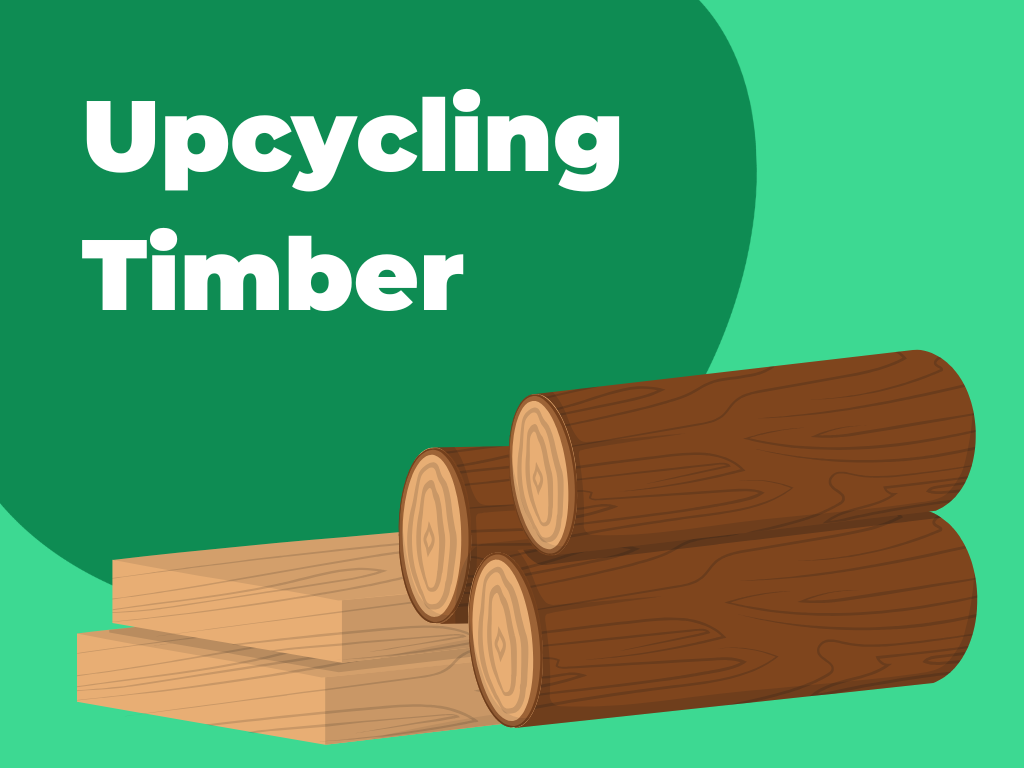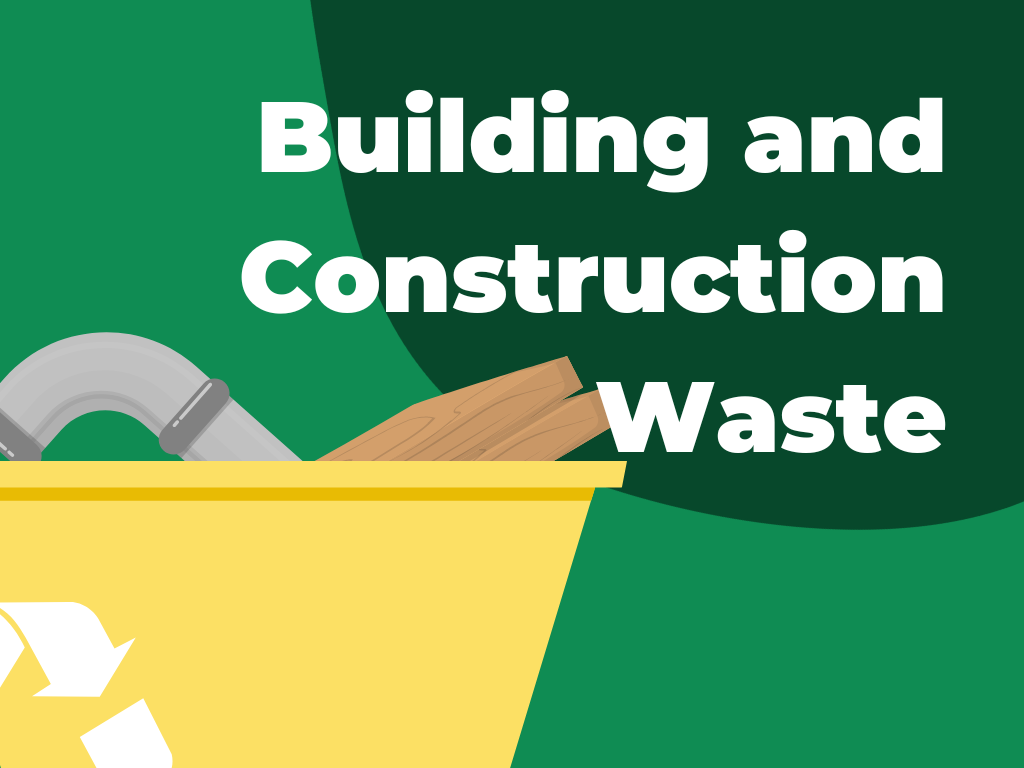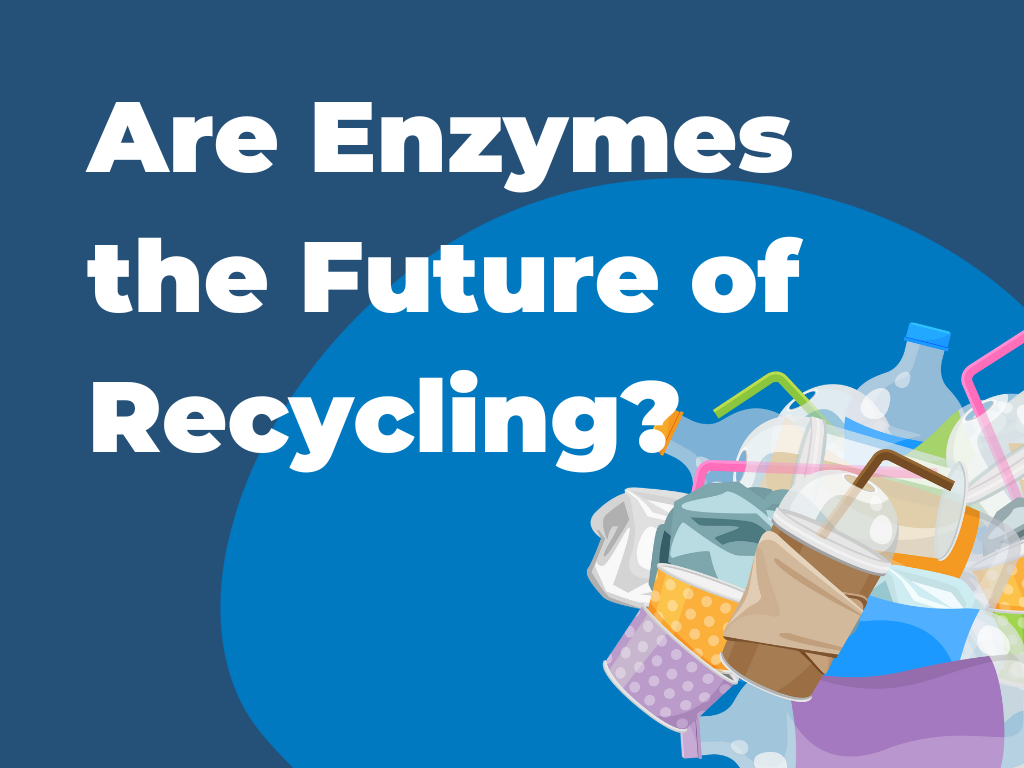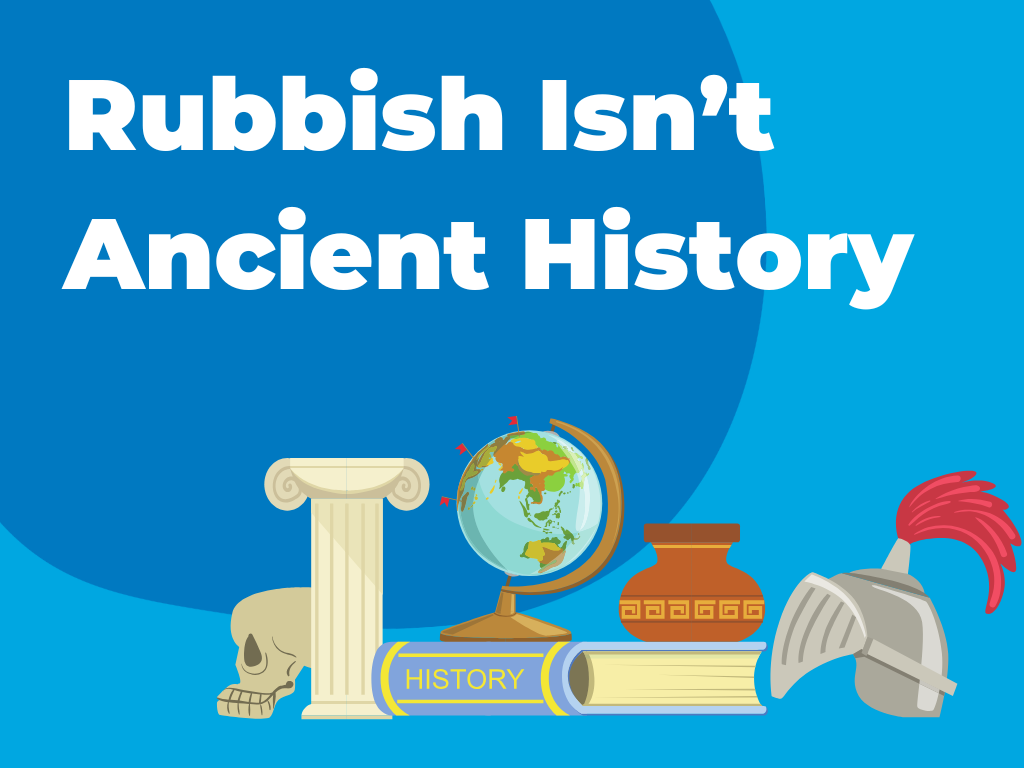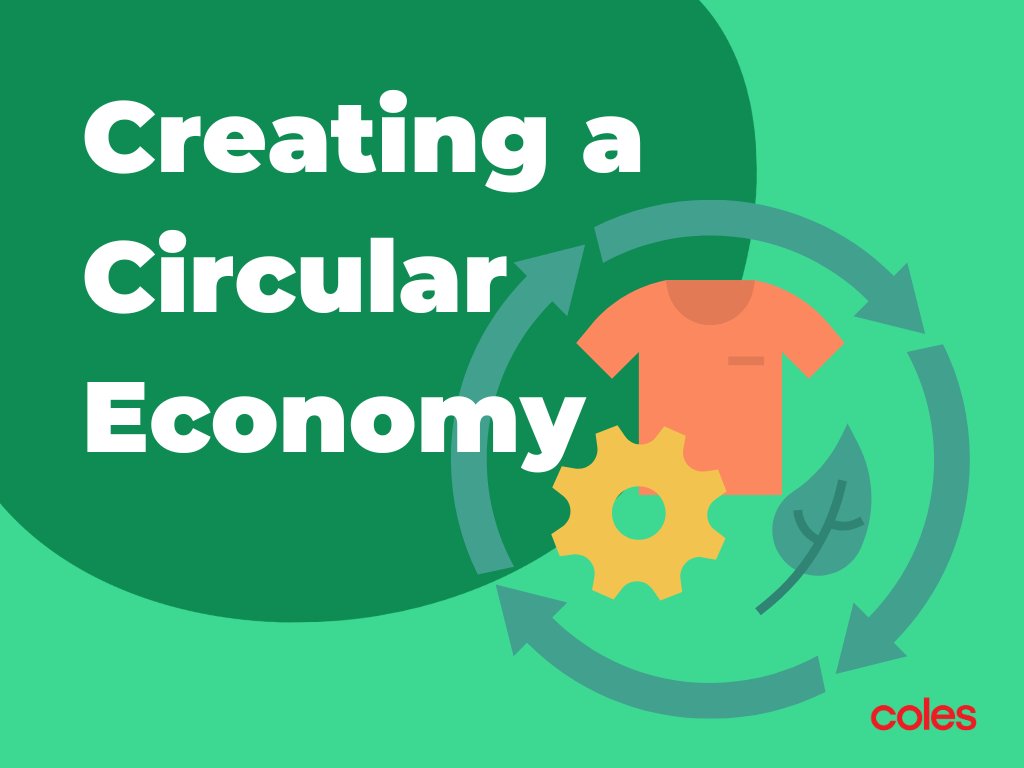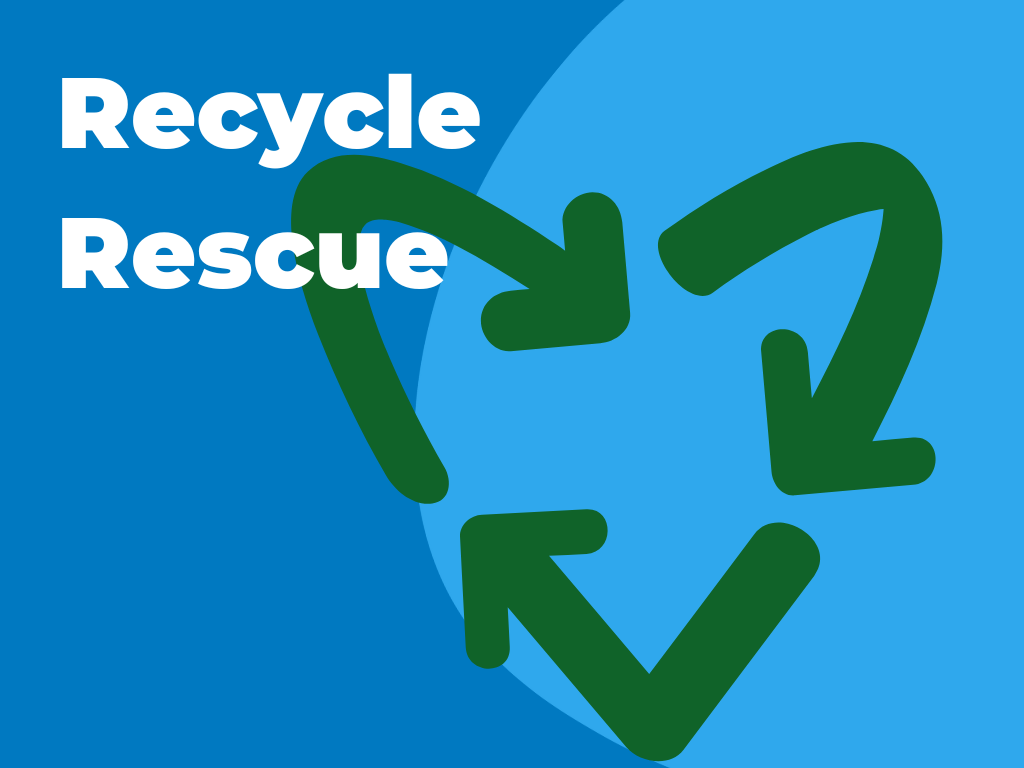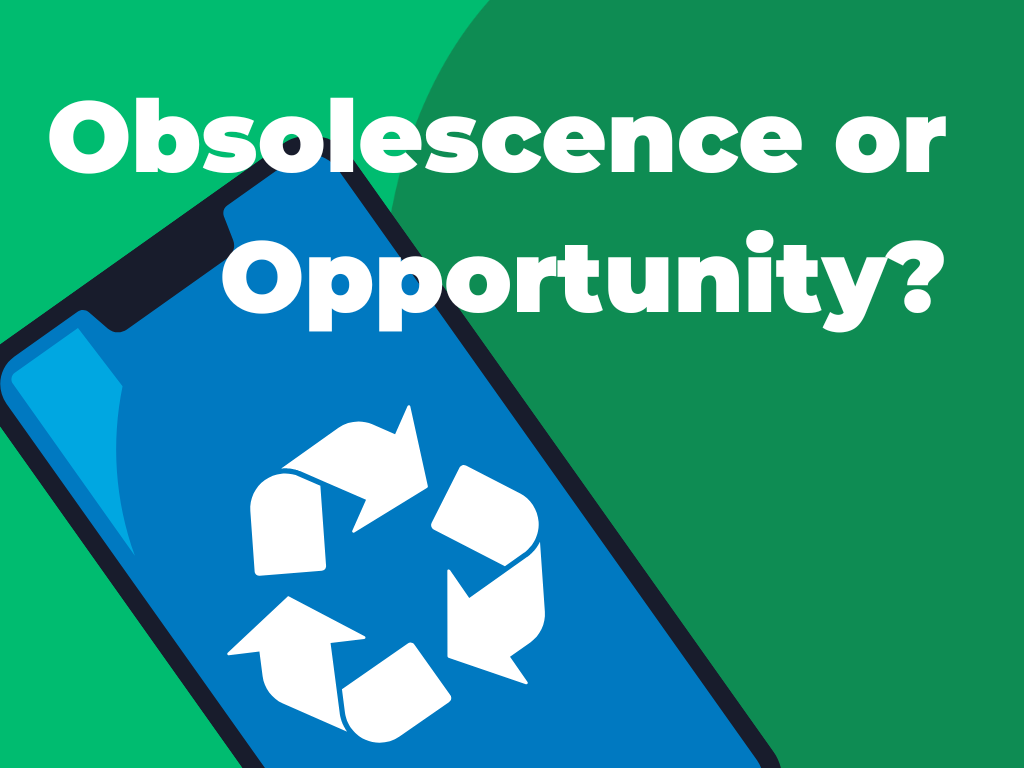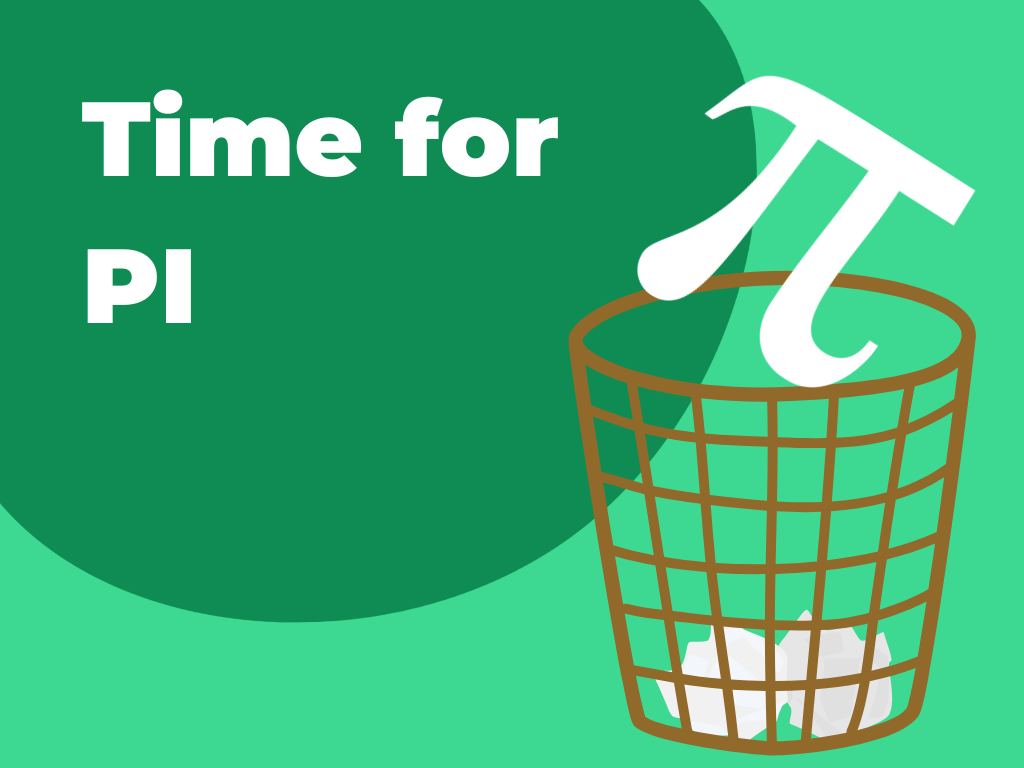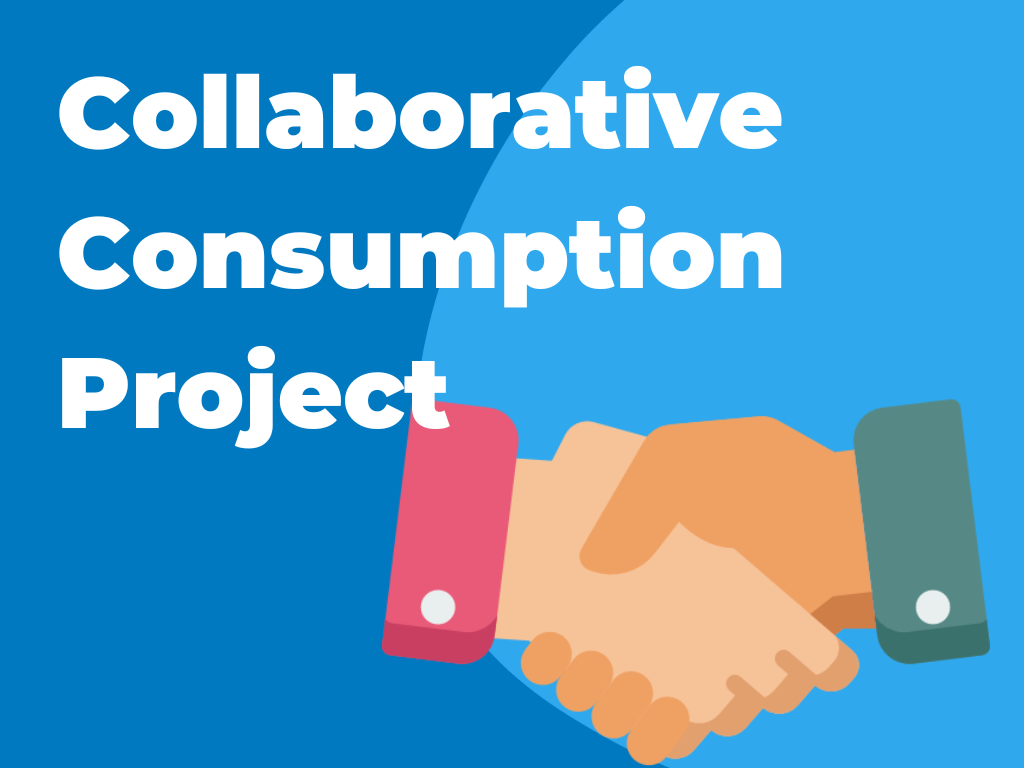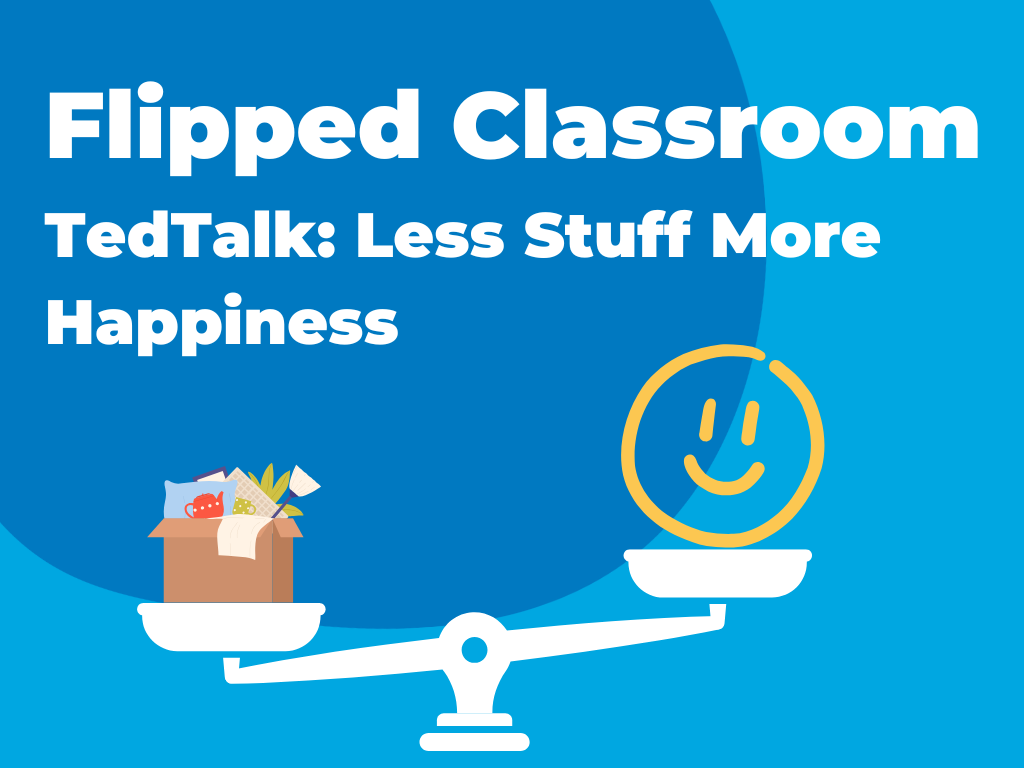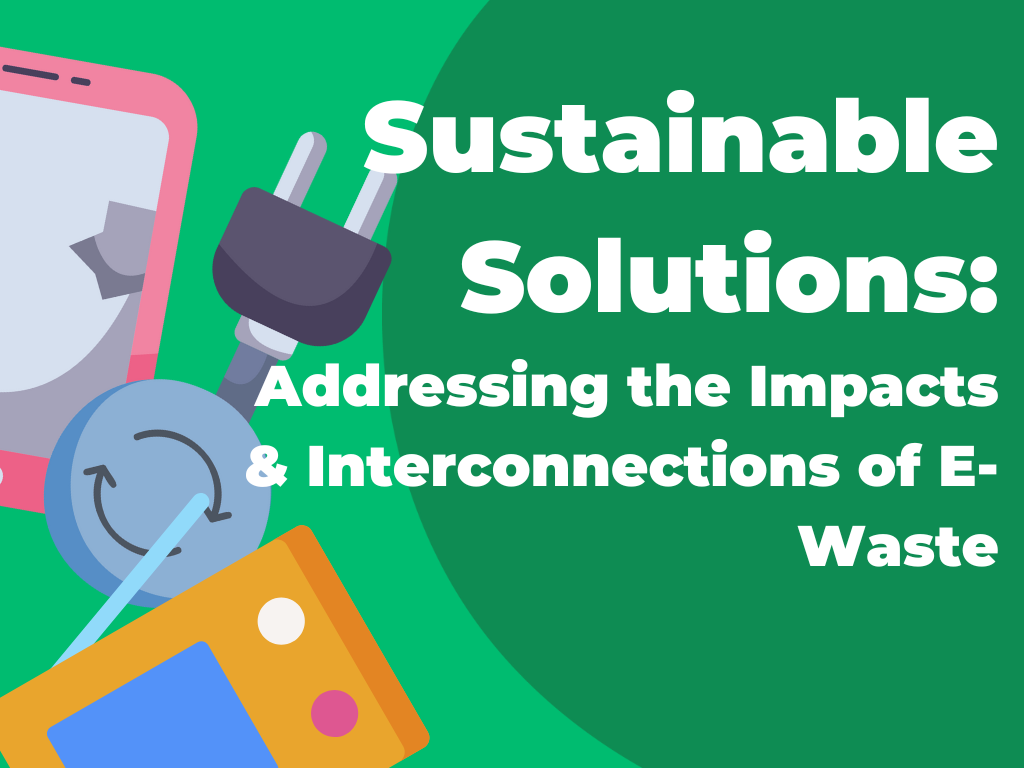Early Learning
Recycling Label Hopscotch
With the assistance of a teacher, students identify the Australasian Recycling Label (ARL) and the purpose behind them - specifically the intention of reducing material waste and helping the environment. Students will then play a fun, physical game of Hopscotch with the intention of practising associating common household and classroom waste with the appropriate ARL.
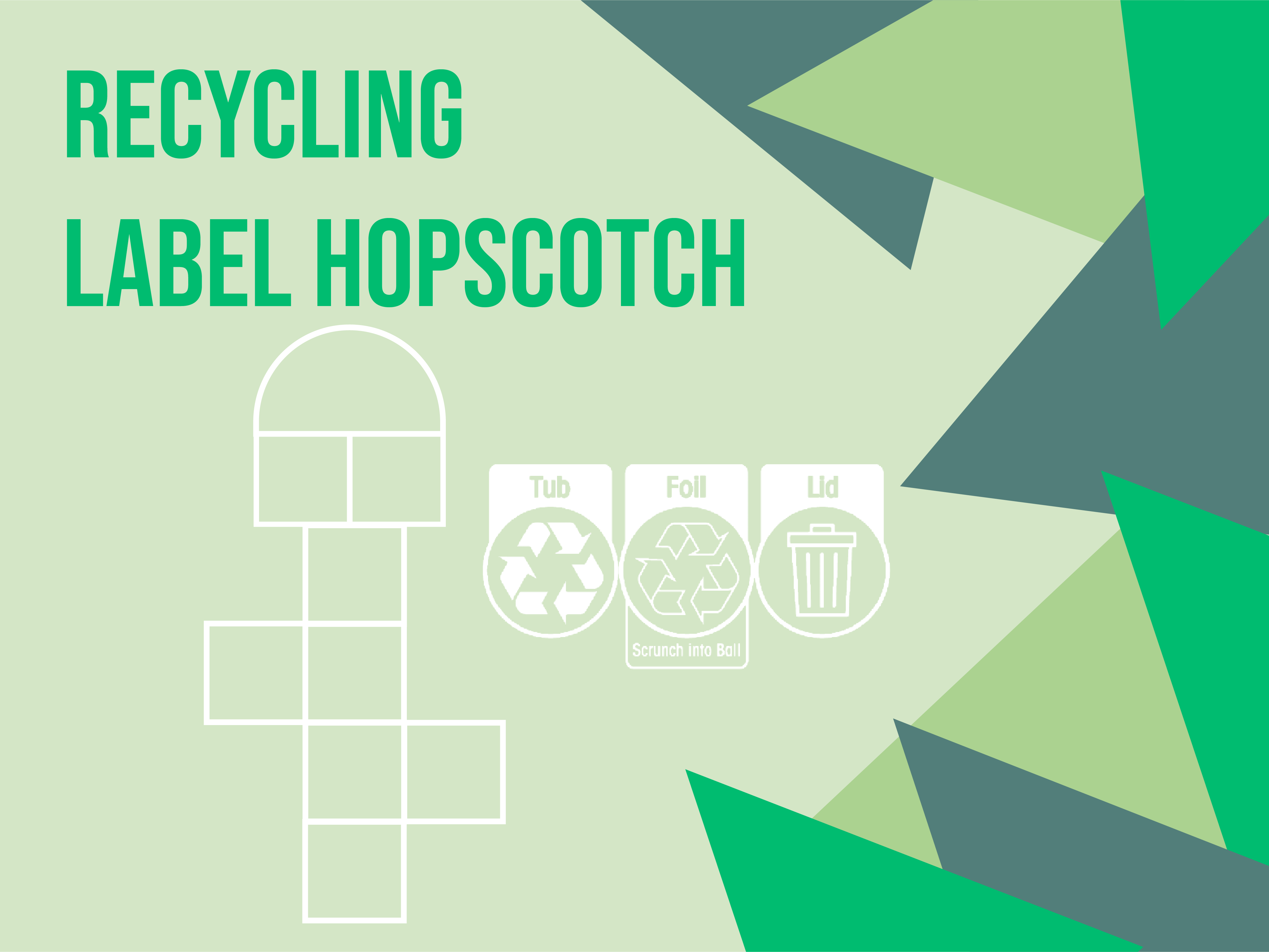
The Paper Cycle
This activity is designed to show children where our paper and cardboard come from, and how using less paper and cardboard can use less trees. Children are asked to look at a range of products that come from trees - including paper, cardboard and wood - and to experiment with adding water to these products to see how they respond to water. By participating in this activity it is hoped that children understand that paper comes from trees and that we can help trees (and our environment) by recycling paper.
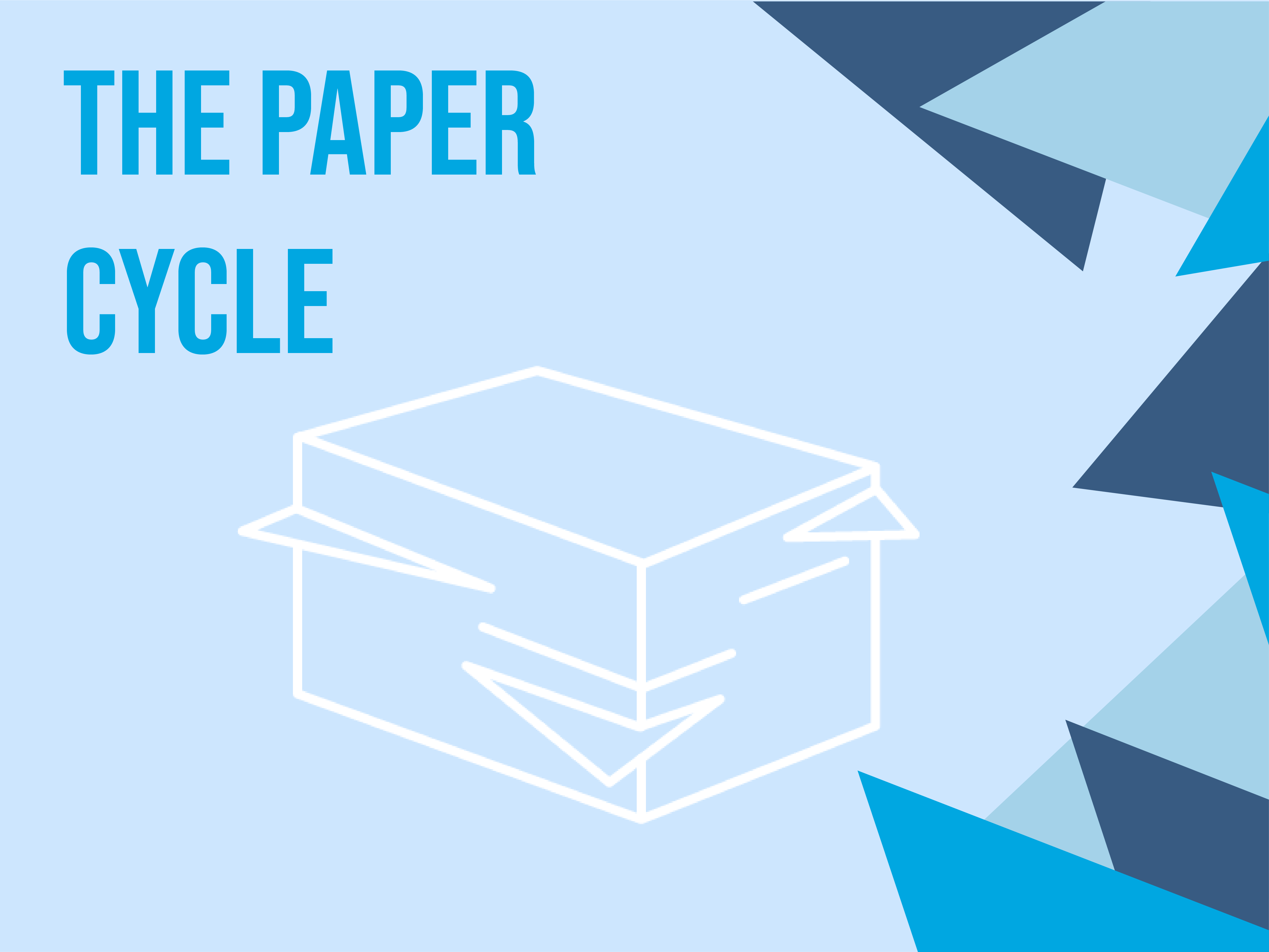
Reducing Lunchbox Waste
Children look at how to reduce the amount of packaging from their lunchboxes that ends up in landfill by creating a circular economy comic to change their behaviours. This activity is designed to help connect children to the wonders of the natural world through sensory and play-based learning.
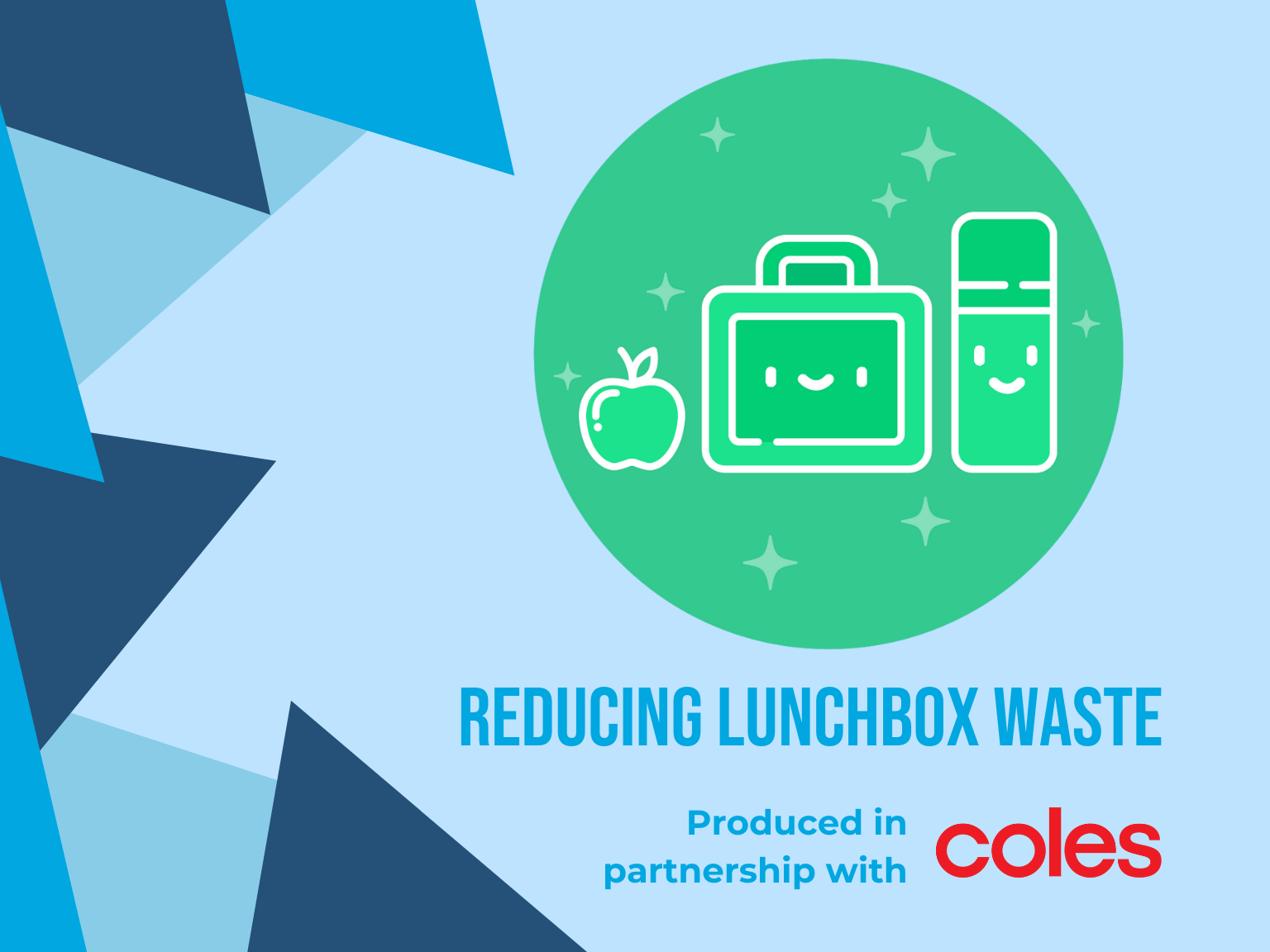
Primary
Early Stage 1 & Stage 1
Curriculum: Science, Geography, English
In this activity students work together to identify where their waste comes from. They decide if various classroom items are able to be 'reused', 'recycled', 'composted' or if it is 'waste'. They take responsibility for the waste generated by their classroom including managing a reuse box.
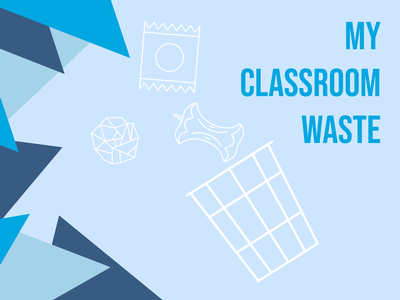
Curriculum: Science
Plants and Compost: Let's Break it Down.
What do plants need to survive? Students explore how composting and breaking down organic matter creates soil that meets the needs of plants.
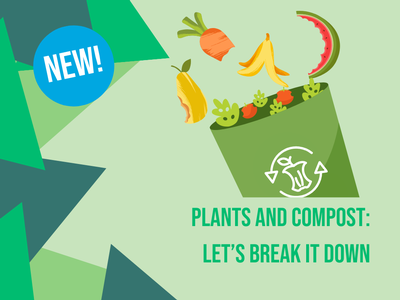
Curriculum: HPE, Science, Technologies
With the assistance of a teacher, students identify the Australasian Recycling Label and the purpose behind them, specifically the intention of reducing material waste and helping the environment. Students will then design and create a memory game with the intention of practising associating common household and classroom waste with the appropriate Australasian Recycling Label.

Stage 2
Curriculum: Science, English
In this activity students look at how different types of waste are recycled. Students begin the activity by exploring the properties of a range of waste items and then go on to investigate how aluminium cans are recycled by looking at how the processes and stages involved with can recycling.
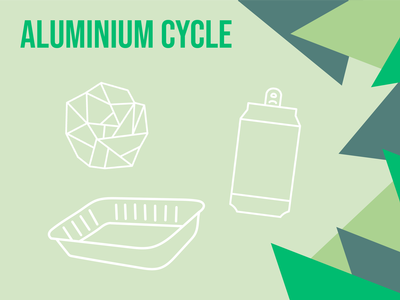
Curriculum: Science
Working for Scraps: Worm Farms for the Classroom.
Students will explore the role of decomposers in a food chain and use this information to create their own worm farm to process their class' green waste.
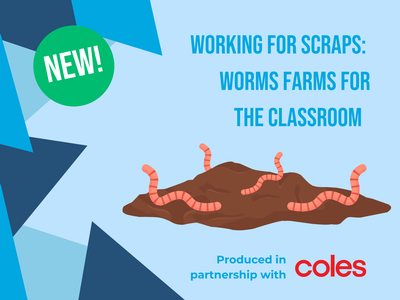
Curriculum: Design & Technology
Students use design thinking to empathise with an audience and define their needs. This will then help to inform the upcycled timber design they will then work to create. Students will use the needs of the identified user to ideate and prototype a design. Students describe how people design products, services and environments to meet the needs of people, including sustainability.
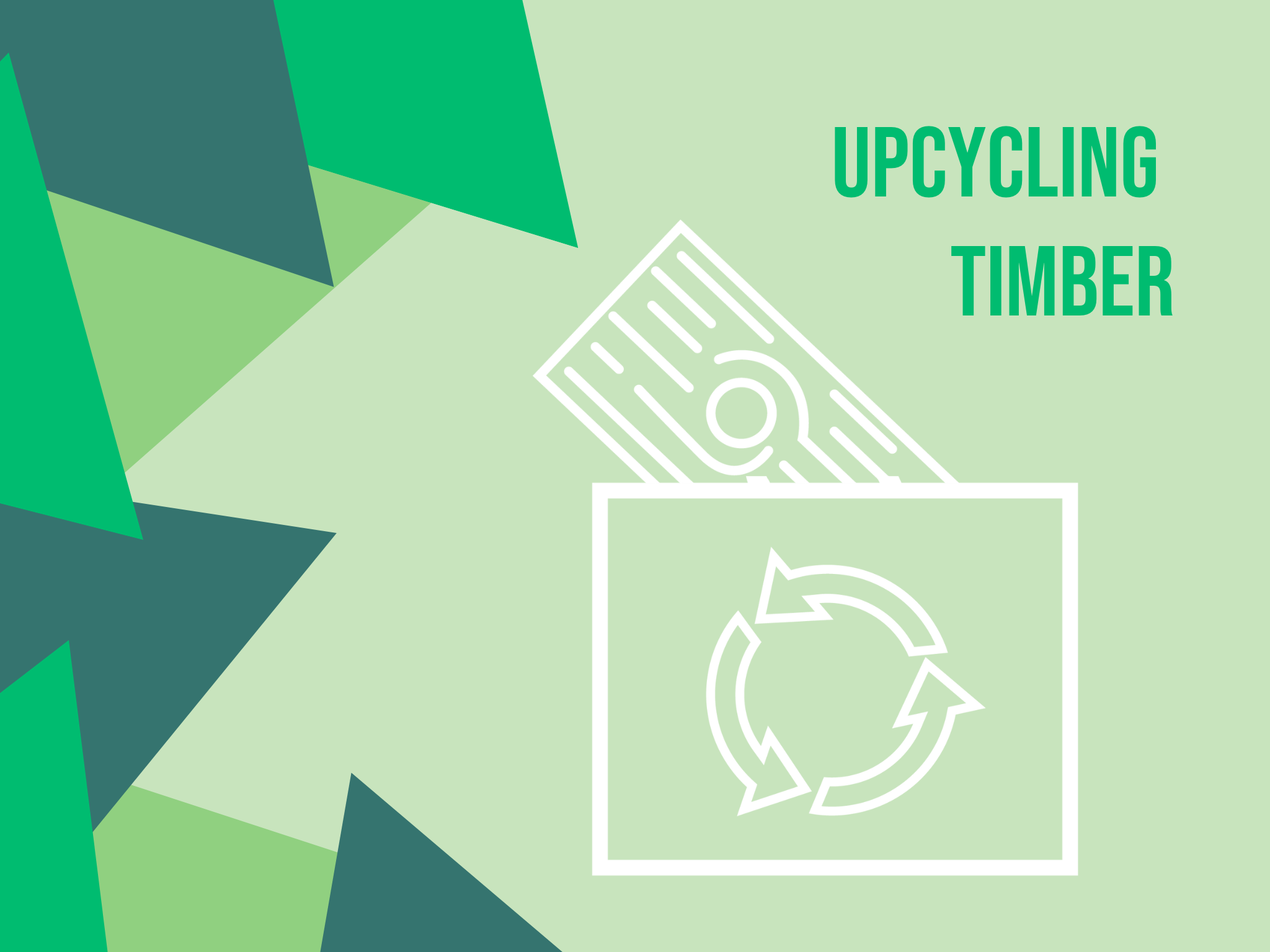
Stage 3
Design and technology, English
Students explain how people design products, services and environments to meet the needs of communities, including sustainability. They create written and/or multimodal texts, including literary texts, for particular purposes and audiences, developing and expanding on ideas with supporting details from topics or texts.

Curriculum: Design and Technologies
Pack a Snack.
Students will investigate the matter and energy flows in green waste systems and identify the benefits that could be provided to their school by implementing the system.
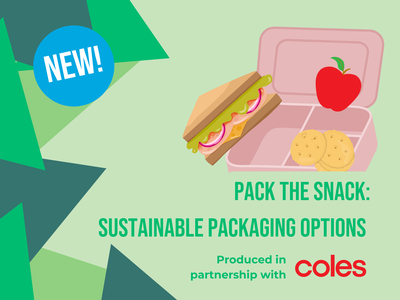
Secondary
Stage 4
Curriculum: History
Students compare the ancient findings of Aboriginal life at Lake Mungo and findings from the Roman period with our own lives. The focus is on the volume of waste each period generated.
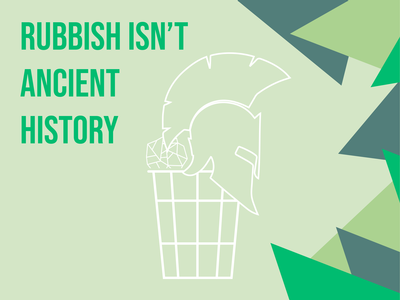
Curriculum: Science
Creating a Green Circular Economy.
Students will investigate the matter and energy flows in green waste systems and identify the benefits that could be provided to their school by implementing the system.

Curriculum: Science
In this lesson students will learn about the environmental benefits of recycling mobile phones and printer cartridges. Students will frame the questions they have about mobile phone recycling in a collaborative Chalk-Talk visible thinking routine, then research key questions about recycling and the impact electronic waste has on the environment. They will present their findings to the class, then apply their knowledge by making a decision about why and how they would recycle and mobile phone.
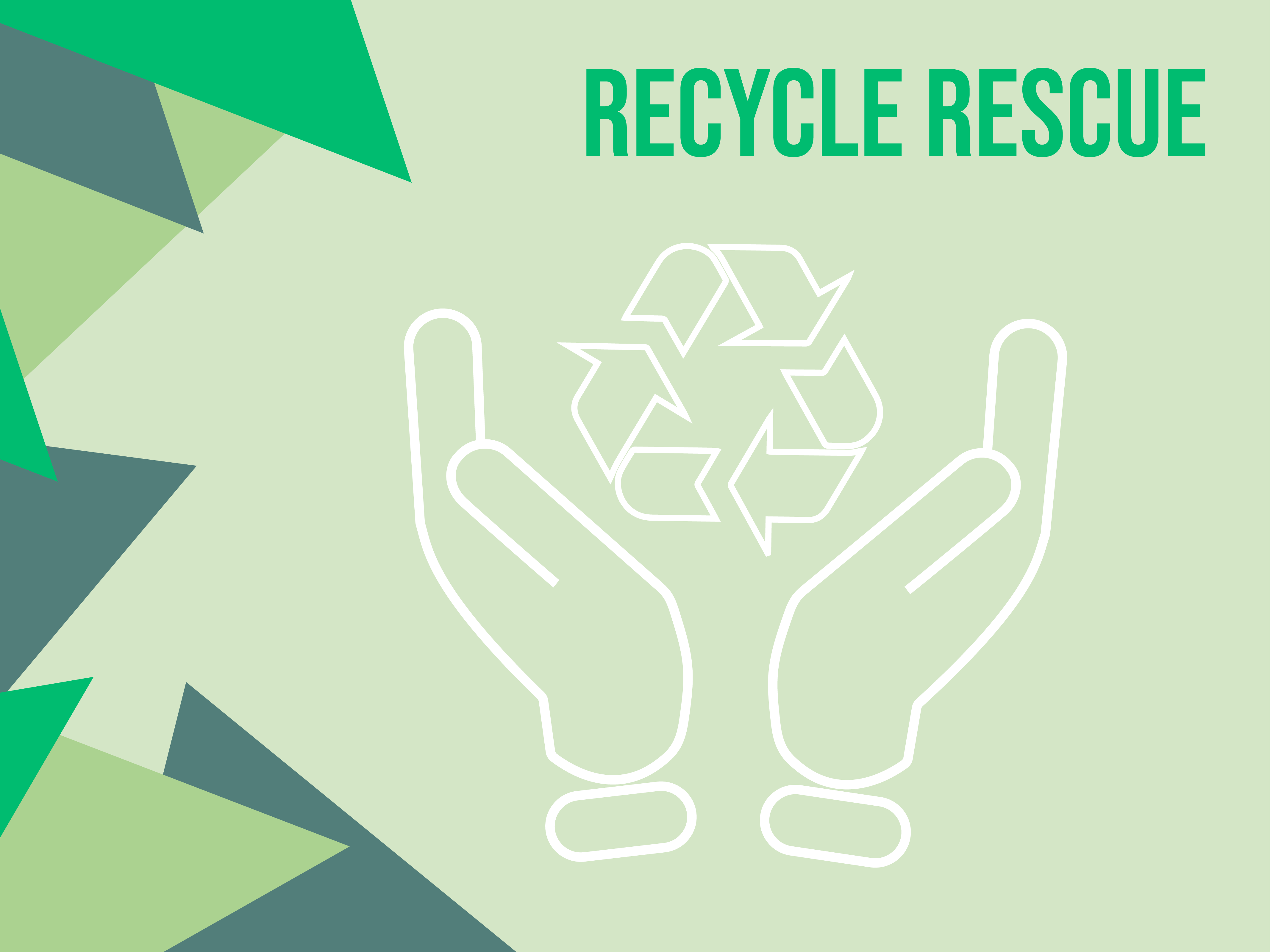
Stages 4 & 5
Curriculum: Design and Technology
In this lesson, students explore the role of packaging labelling in recycling. Students begin by looking at what is currently happening with recycling and how issues like contamination can reduce recycling rates. They are then introduced to the ARL and investigate food package labelling in their own homes. This lesson is a flipped classroom, where students learn new content in their own time. This strategy provides the opportunity for students to build their knowledge, attitudes and values by themselves, thereby freeing up class time for hands-on work. This lesson can be used to develop prior knowledge in preparation for this lesson: Exploring Australia’s New Recycling Labels.
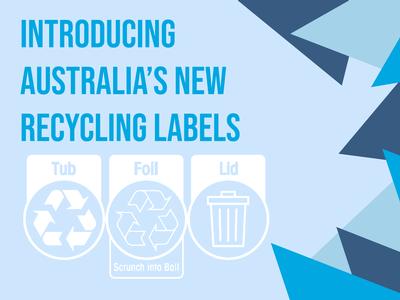
Curriculum: Design and Technology
Student learning from this lesson will be enhanced by having completed the flipped classroom lesson prior to starting this lesson. In this lesson, students explore solutions to waste problems in their school or home. They begin by exploring their prior knowledge on sustainability (Years 7 & 8) or life cycle thinking (Years 9 & 10), before reviewing learning from the previous lesson. Students are then introduced to the waste hierarchy and analyse several organisations and schemes addressing waste and place them on the waste hierarchy. Students then work collaboratively to identify a waste problem in their school or home and develop a solution to this problem. Students create a pitch to share their ideas with the class.
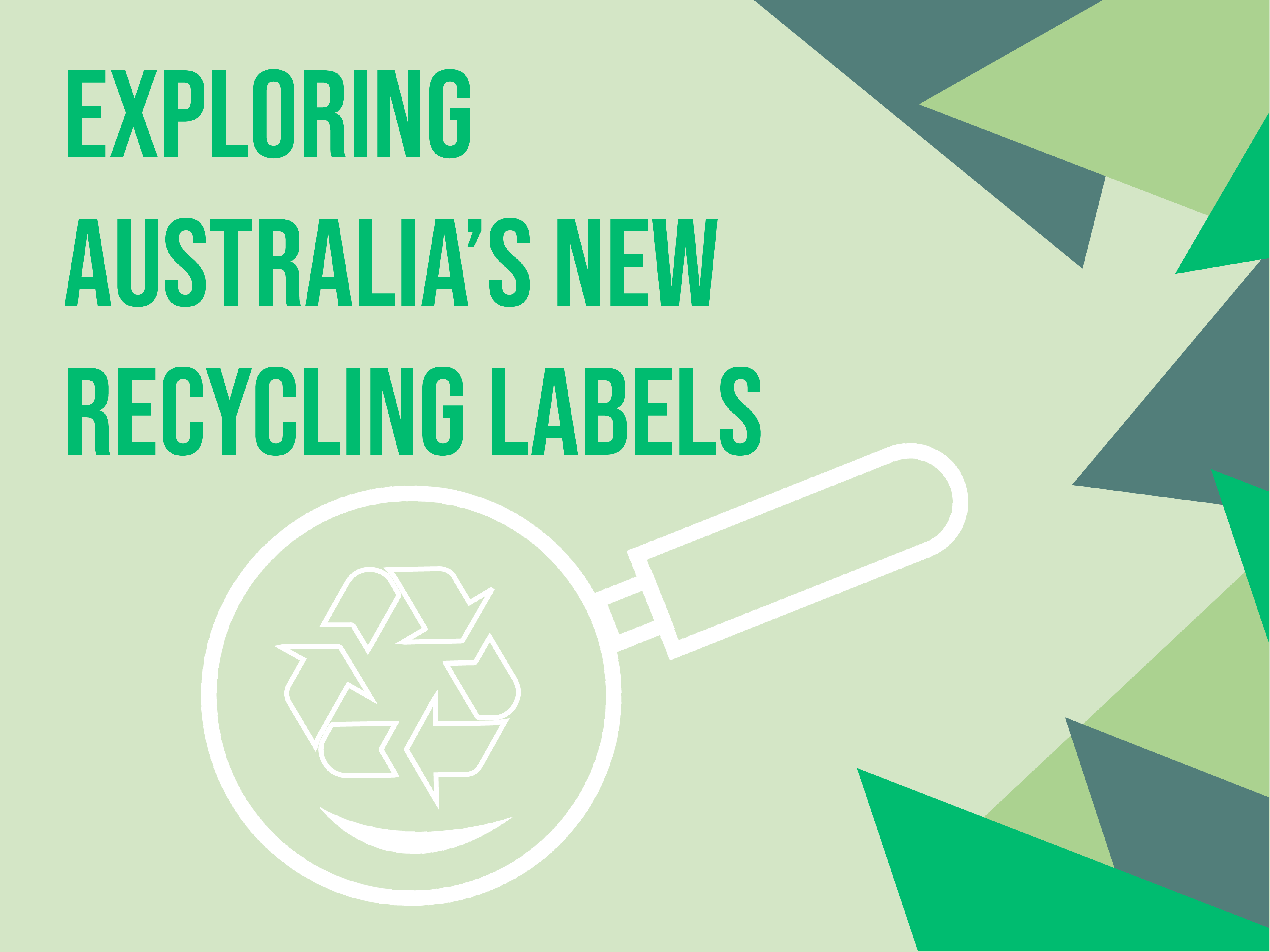
Curriculum: Economics, Design and Technology
In this activity students are asked to investigate the idea of planned obsolescence and how this relates to what we consume and how much we consume. Students are asked to watch and respond to a short clip from a documentary in their own time, then analyse the planned obsolescence of a product that they or someone in their family recently purchased. Students will then recreate a product according to a more sustainable design model.
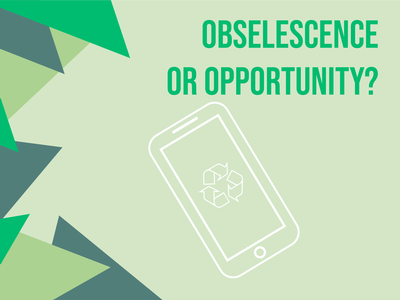
Stage 5
Curriculum: Mathematics
Students use Pi to calculate the area and volume of aluminium cans. They compare a range of methods to estimate the value of Pi
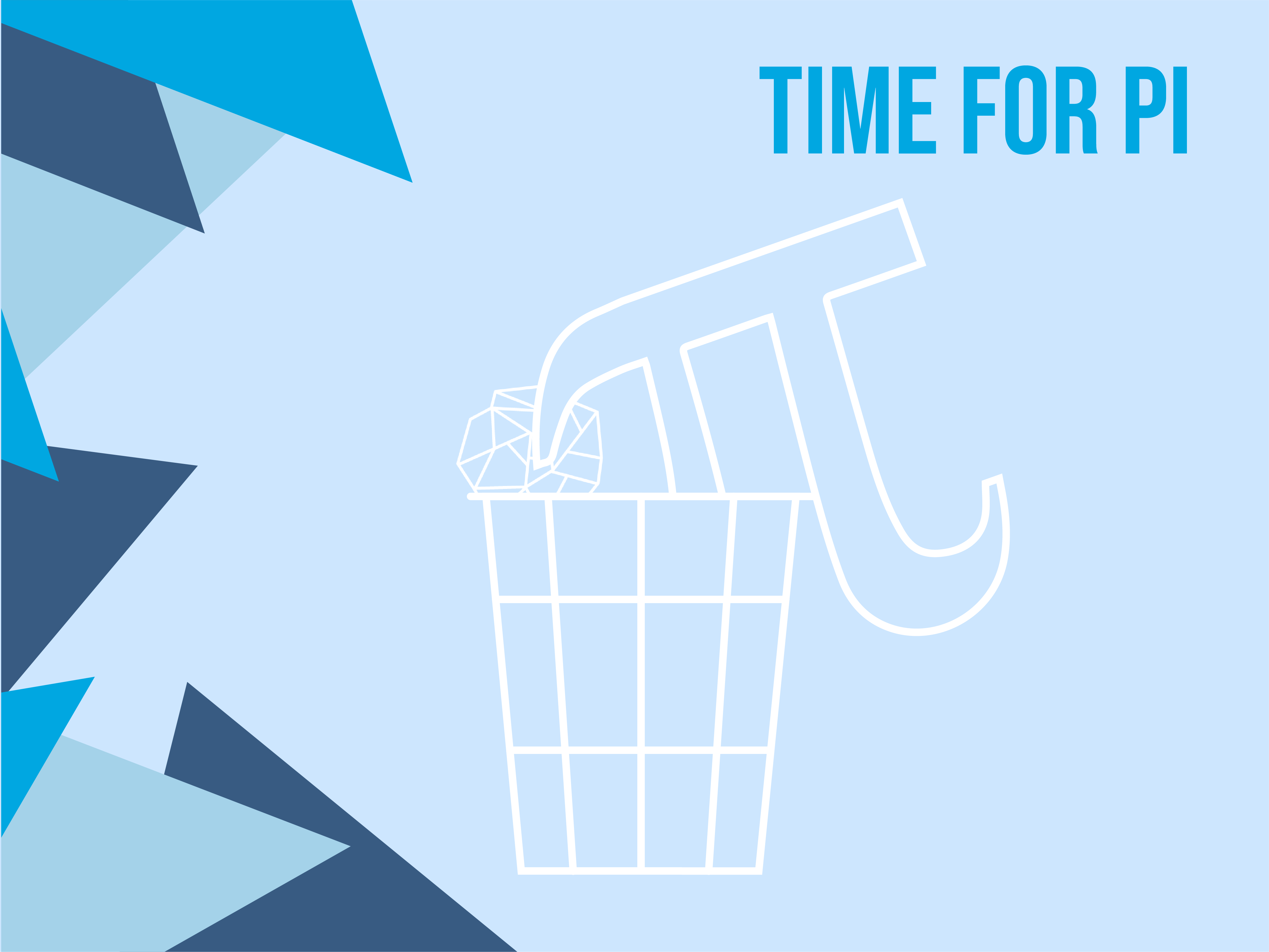
Curriculum: Applicable for all
This activity encourages students to take action for National Recycling Week at their school and in their community. Students learn about 'collaborative consumption', plan a project and put a small collaborative consumption project into action with the goal of creating less waste at school by sharing things with each other, which may include time and skills as well as physical items.
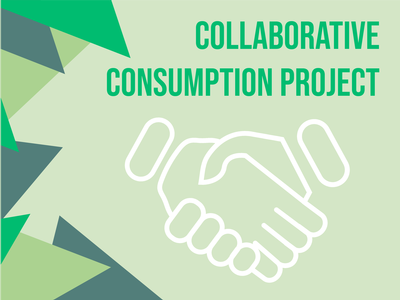
Curriculum: Science, Geography
This lesson is designed for a flipped classroom, where students learn new content by watching a video in their own time. This strategy provides the opportunity for students to build their knowledge, attitudes, and values by themselves, thereby freeing up class time for hands-on work.

Curriculum: Humanities and Social Sciences
Across six lessons, this unit immerses students in the world of interconnections, emphasising the influence of human activities on our environment and exploring how people, places and environments are interconnected across the globe through the lens of electronic waste (e-waste). E-waste is the fastest-growing waste stream on our planet. The social, economic and environmental impacts of society's production, consumption and disposal of electronic products are far-reaching, stemming from all product life cycle stages.

Curriculum: Design and Technologies
This unit, with four tailored lesson plans, allows students to think critically about technologies and society and how innovation, sustainability and circular economy strategies can be used to create designed solutions through the lens of electronic waste. Electronic waste (e-waste) is the fastest-growing waste stream on our planet and the social, economic and environmental impacts of society's production, consumption and disposal of electronic products are far-reaching, stemming from all stages of the product lifecycle.

Curriculum: This lesson is designed to provide valuable practise for NAPLAN, the national literacy and numeracy test held in Years 3, 5, 7 and 9
In this lesson, students will revise key skills commonly assessed in the NAPLAN Reading assessment. They will begin by reviewing comprehension strategies such as main idea, directly stated facts, finding word meaning in context and implied meaning. Students are then given an opportunity to practise their skills by completing a NAPLAN-style activity.
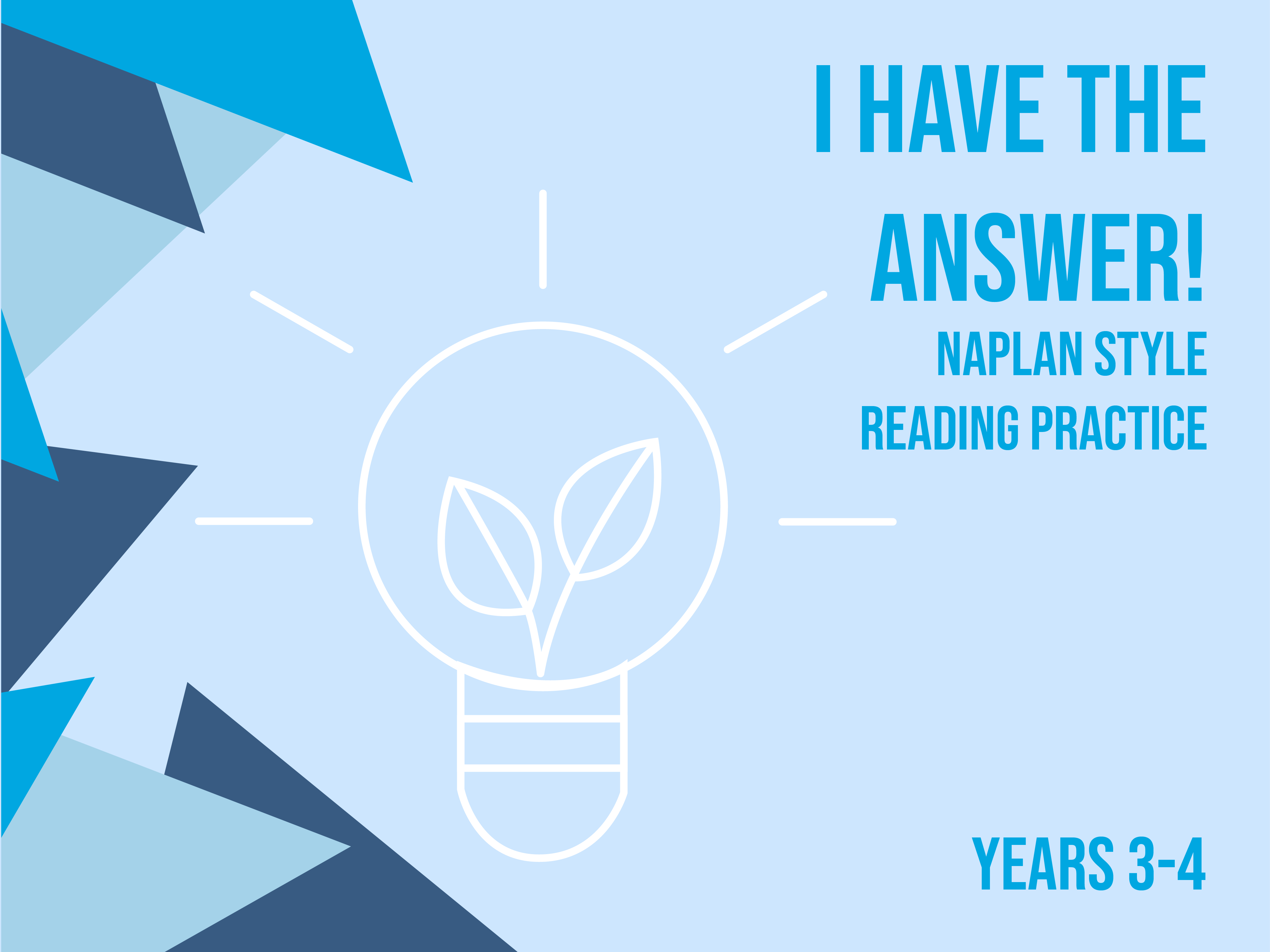
Curriculum: This lesson is designed to provide valuable practise for NAPLAN, the national literacy and numeracy test held in Years 3, 5, 7 and 9
In this lesson, students will learn about the paper recycling loop and the impact that choosing recycled products can have. Students will consider the persuasive text type and then plan, draft and write a persuasive piece that uses key information from the Planet Ark 'Australian Paper Closing the Local Recycle Loop' video.
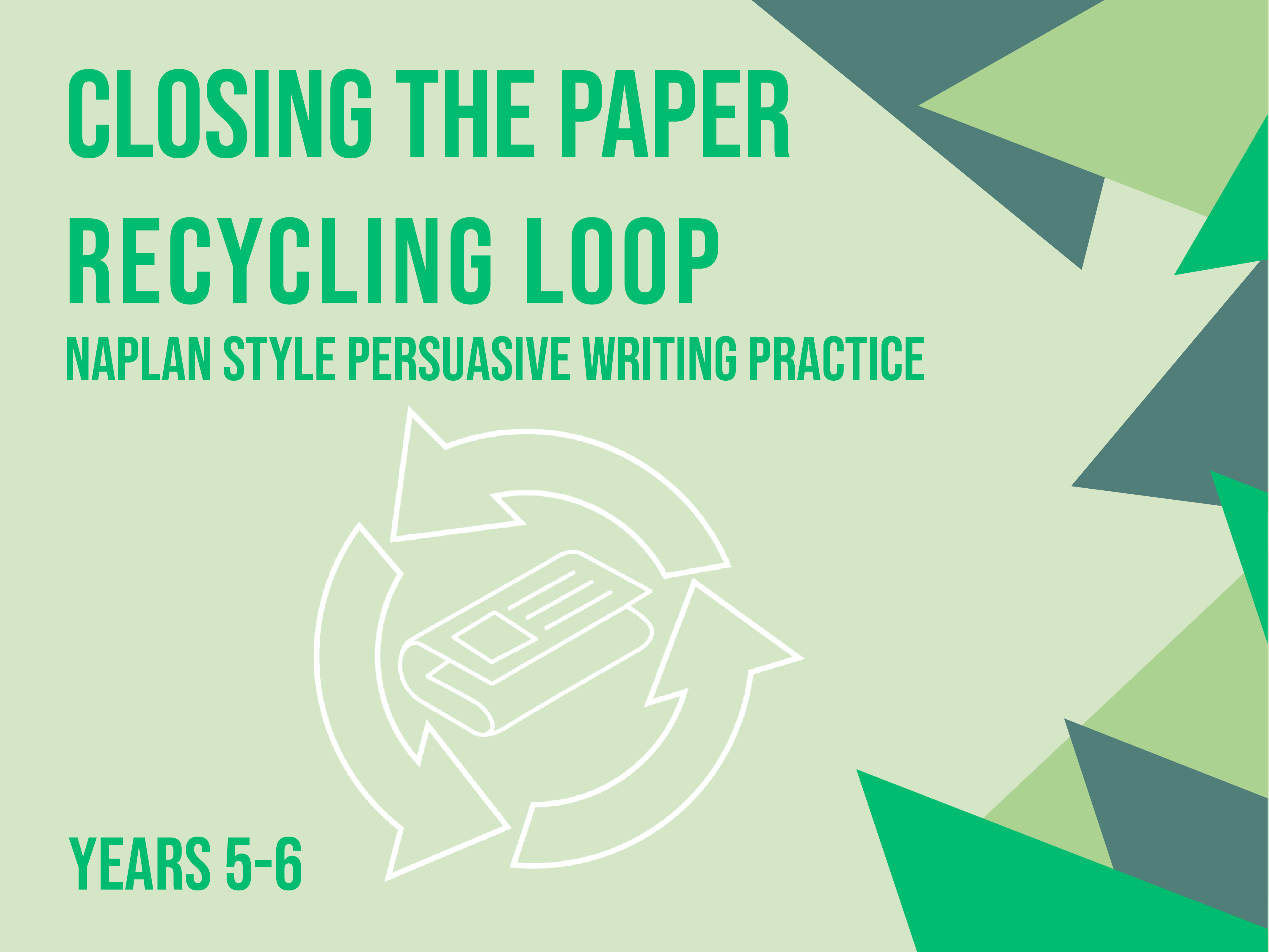
Curriculum: This lesson is designed to provide valuable practise for NAPLAN, the national literacy and numeracy test held in Years 3, 5, 7 and 9
In this lesson, students will learn about the paper recycling loop and the impact that choosing recycled products can have. Students will consider the persuasive text type and then plan, draft and write a persuasive piece that uses key information from the Planet Ark closing the local recycle loop video.

These lesson plans have been aligned to Australian curriculum standards in collaboration with Cool.org





